What could happen in literature to a young couple — or a pair of young couples — who fall off the beaten track and enter a magical place not quite of this world? They might end up, like Adam and Eve, in paradise. Or, like The Tempest’s Miranda and Ferdinand, under the control of powers greater than they can hope to understand. Or, like the lovers in A Midsummer Night’s Dream, they could find themselves unsure who they love, or whether they can ever trust what they see, or feel.
Or, like Charmaine and Stan, the star-crossed heroes of Margaret Atwood’s dazzling and hilarious new novel The Heart Goes Last, which plays effortlessly with tropes from Shakespeare and Milton, they could take shelter from a world ravaged by economic crises in a prison. Or half a prison. After sleeping in their car for months, Stan and Charmaine gratefully accept the offer to be part of a new social experiment. In Positron/Consilience, they’ll be prisoners for a month, then have normal jobs for a month, then go back to prison. In the meantime another couple — their Alternates — will take their places, first in their 1950s white-picket-fence home and then in their prison cells. The Consilience/Positron prison model doesn’t really make economic sense — although one can believe that Stan and Charmaine would be desperate and dim enough not to notice.
But how can they resist trying to find out something about their Alternates? They can’t. Stan finds a passionate lipstick-kissed note left by ‘Jasmine’ to ‘Max’ under the fridge. Charmaine waits around a little too long at home on changeover day. And their hilarious expulsion from paradise begins. By the end of the novel, it will have involved a troupe of white-pleather-clad Elvises, a stint with the Green Man Group (an eco take on the blue one), and one of the characters being forced to listen while a woman has sex with a knitted teddy bear.
Margaret Atwood is good on sex: the joyfully lusty, the comedic and the downright weird. At points, almost all the main characters in The Heart Goes Last either fuck most of the others or contemplate what it’d be like to do so. Atwood gleefully points up how mysterious our sexual selves can be, how they can forcefully introduce us to parts of ourselves we didn’t necessarily want to get to know. Nice girl Charmaine has submissive sex with a stranger — and enjoys it, and doesn’t know who she is if she can enjoy it. Stan becomes a sexual plaything too — and doesn’t mind it too much. Other characters aim to service the sexual needs of the global consumer: one of the companies in the novel is shipping truckloads of Oprah sexbots around the world. ‘You name it, someone’s going to be fetishistic about it,’ the workers say with a shrug.
There’s seriousness here if you want it. Atwood dissects the resentments of marriage, the debt crisis and its aftermath, the possibilities of a mechanised robot future. She’s cutting on the pretensions of corporate writing: the sexbots are called Possibilibots; the old people’s home is Ruby Slippers. And she writes with a light touch on the darkest of subjects: among those globally-shipped sexbots are ‘kiddybots’. Atwood treats this inevitability in her imagined world with the discussion it deserves.
But if this were a Shakespeare play, it’d be a comedy not a tragedy. A happy ending is guaranteed, and while we’re waiting for it, we can enjoy a writer at the height of her powers cutting loose and having some fun.
Got something to add? Join the discussion and comment below.
Get 10 issues for just $10
Subscribe to The Spectator Australia today for the next 10 magazine issues, plus full online access, for just $10.
Available from the Spectator Bookshop, £16.99 Tel: 08430 600033
You might disagree with half of it, but you’ll enjoy reading all of it. Try your first month for free, then just $2 a week for the remainder of your first year.

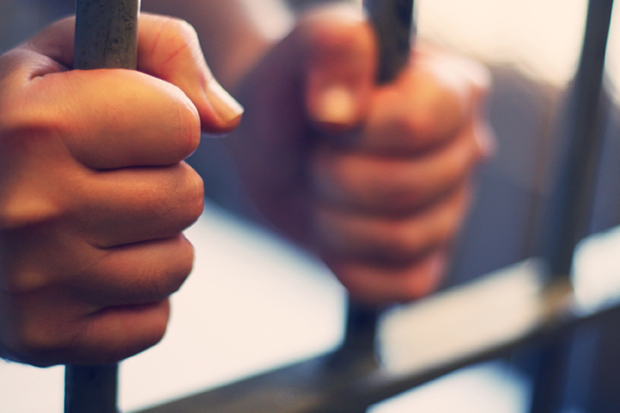

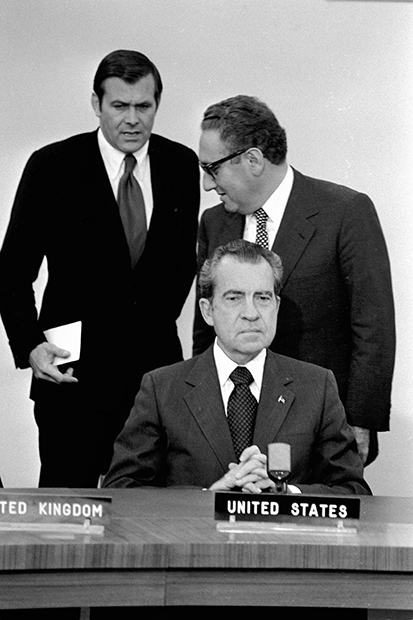
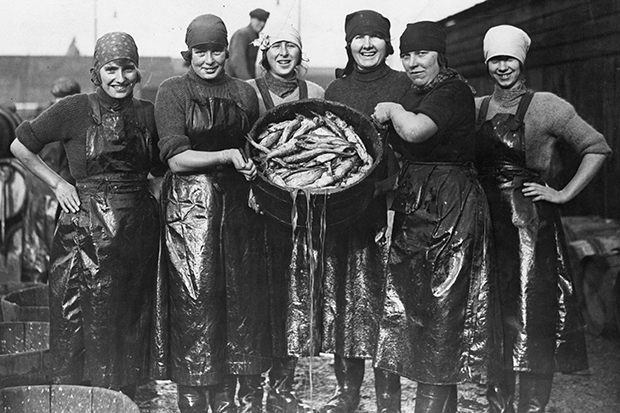
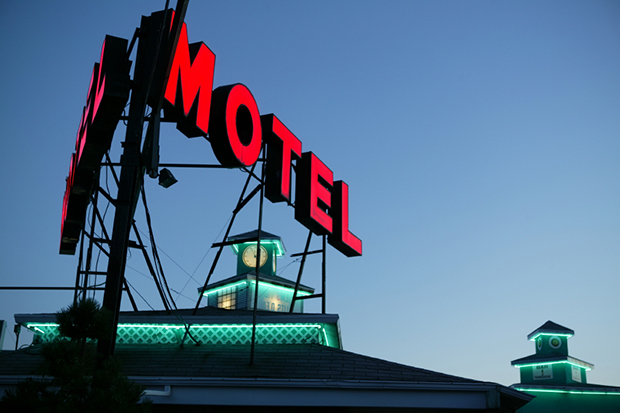
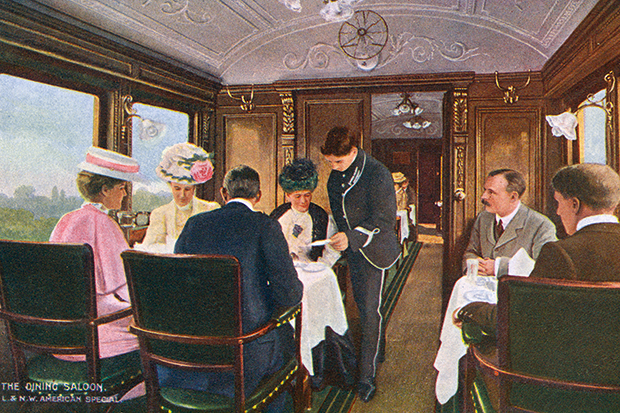







Comments
Don't miss out
Join the conversation with other Spectator Australia readers. Subscribe to leave a comment.
SUBSCRIBEAlready a subscriber? Log in